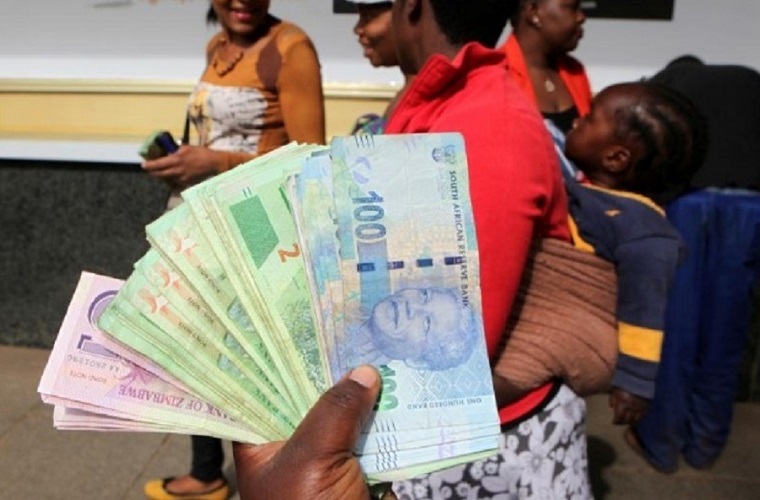The introduction of the gold coins is part of the central bank’s measures to tackle the country’s currency crisis through exchange rate stabilization.
Mangudya said as of 10 August, a total of 4 475 gold coins had been sold, realising $3.7 billion (about US$10.22 million), of which 90% was paid in local currency and the balance in foreign currency.
“The high demand for the gold coins will assist in mopping up excess liquidity from the market and thus strengthen the demand and enhance the value of the local currency,” the central bank governor said. “The Bank shall continue to release additional gold coins into the market on an ongoing basis in line with demand.”
Apart from releasing the gold coins, the central bank has been reviewing bank policy rates since the beginning of the year in line with exchange rates in a bid to tame inflation and bolster the Zimbabwean dollar.
The bank policy rate was increased from 60% in January 2022 to 80% in April and further to 200% in June 2022.
According to Mangudya, the increase in policy rates and its alignment to the minimum lending rate has gone a long way in reducing speculative borrowing and stabilising the exchange rate.
The central bank chief noted that the increase in interest rates and the introduction of the gold coins have gone a long way in preserving the value of the local currency, reducing liquidity in the market and reducing foreign currency demand on the parallel market and thus stabilising the exchange rate and prices.
Persistence Gwanyanya, the economist and member of the RBZ Monetary Policy Committee, said that the gold coins were a policy instrument that the RBZ was using to mop up excess liquidity from the few contractors, institutional investors and pension funds that hold the bulk of the country’s excess liquidity that is being used to drive up parallel market activity.
“As you drive demand for the gold coins, the Zimbabwean dollar strengthens. We have started seeing that happening and the Zimbabwean dollar will continue strengthening as the RBZ sucks liquidity from the market and from those with high volumes of local currency,” he said.
Gwanyanya said before the injection of the gold coins, the exchange rate on the parallel market had depreciated to 1 USD: $850 but a few weeks after, the rate firmed to around 1 USD: $750 and is continuing to strengthen with rates of 1 USD: $600 -$720 now in the market.
Zimbabwe reintroduced the local currency in 2019 after abandoning it in 2009 when it was hit by hyperinflation.
Confederation of Zimbabwe Retailers President Denford Mutashu said that the appetite for gold coins since its introduction was encouraging and the coins were providing much-needed competition to the US dollar.
Continued next page
(197 VIEWS)


